12-Month-Old Baby
12-Month-Old Baby
Bye-bye baby, hello toddler! The first year may be over, but there are still plenty of fabulous firsts happening: first words, first steps, first friends … maybe even first tantrum.
Main Topics
Highlights
12-months! It may seem hard to believe, but your little one is turning 1 this month — Happy Birthday! — and in the process is graduating from baby to toddler. Where did the time go, you ask? Join the club of moms and dads everywhere who feel the same way!
Sure your little one will always be your “baby,” but the first birthday is a milestone — one that brings with it all the joys (and “oys”) of toddlerhood.
But try not to get too emotional or nostalgic, because your brand new toddler is still really a baby at heart and still has a long way to go before those not-so-terrible 2s … and 3s … and 4s. And you have so much more fun and so many more adventures awaiting you in the months (and years!) ahead.
Here’s what’s coming up in month 12 as you and your baby entire the wild world of toddlerhood.
Your 12-month-old baby's development
Month 12
Baby’s Development
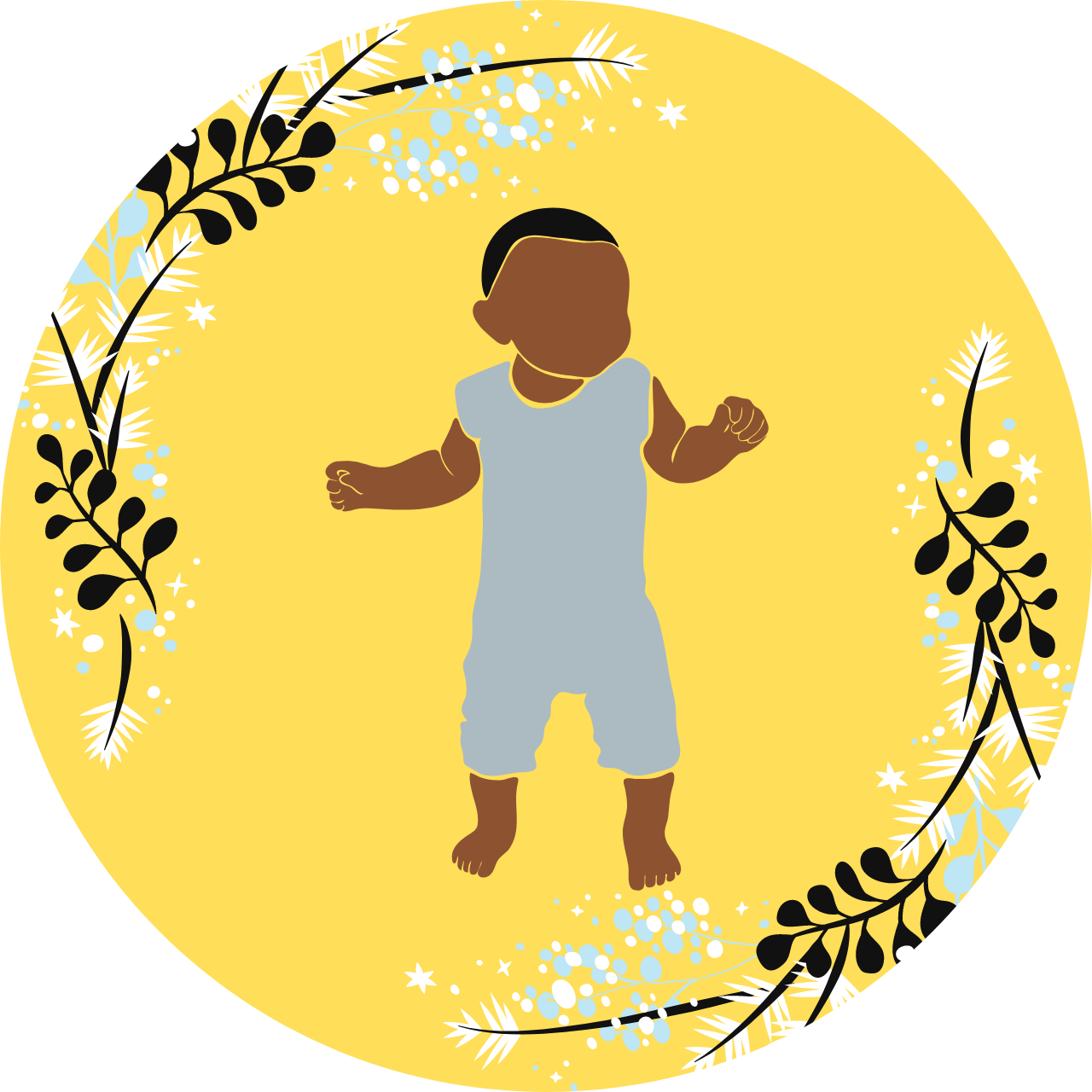
It may seem hard to believe, but your little one is turning 1 this month — Happy Birthday! — and in the process is graduating from baby to toddler. Where did the time go, you ask? Join the club of moms and dads everywhere who feel the same way!
Sure your little one will always be your “baby,” but the first birthday is a milestone — one that brings with it all the joys (and “oys”) of toddlerhood.
But try not to get too emotional or nostalgic, because your brand new toddler is still really a baby at heart and still has a long way to go before those not-so-terrible 2s … and 3s … and 4s. And you have so much more fun and so many more adventures awaiting you in the months (and years!) ahead.
Here’s what’s coming up in month 12 as you and your baby entire the wild world of toddlerhood.
At a Glance

Sleeping basics
At this age, babies typically sleep about 11 hours at night (many straight through) and generally still take two daily naps that add up to three to four hours, though this month they may drop down to only one longer afternoon nap.

Feeding basics
You can still offer up to 24 ounces of breast milk or formula a day, but you should start weaning from the bottle around now unless your doctor says otherwise. And either way, your little one has a solid diet of solids and can start drinking cow's milk now.
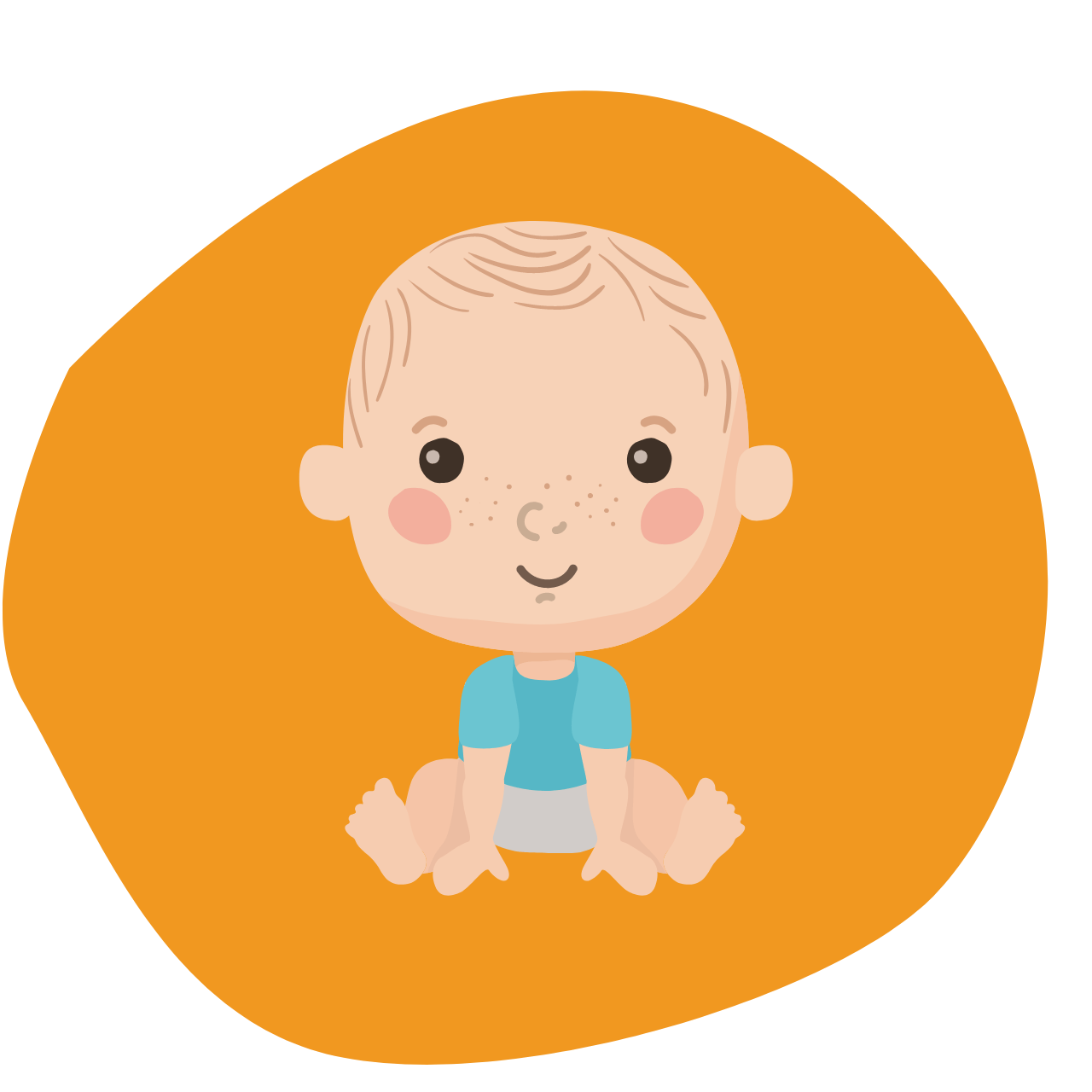
Did you know?
At 12 months, your baby's brain has doubled in size. Isn't he smart?
Your 12-month-old baby's growth

The average 12-month-old boy weighs 21 pounds, with a height of 30 inches. The average girl at a year is 29½ inches tall with a weight of just shy of 20 pounds. Your tot may weigh in at more or less than these averages, and that’s perfectly normal.
You and your doctor have been tracking your child’s progress on those growth charts, and if the pediatrician says your tot is on the right curve, you don’t have to think twice about where he falls out.
While you’re watching those charts, keep in mind that once the first birthday passes, your tot’s growth will slow down slightly.
Something else that should be slowing down now that your little one has turned a year old? Bottle-feeding. Breastfeeding can continue as long as you’re both on board, but weaning from a bottle should come soon after the first birthday, preferably by or before the 18-month mark unless your pediatrician tells you otherwise.
And here’s something to moo about: cow’s milk, which should replace formula at a year and be introduced even if you’re breastfeeding — the extra vitamin D is something your growing tot needs.
So reach into the dairy case at the grocery store and pull out the whole milk — 1-year-olds need the extra fat to boost brain development. Reduced-fat (2 percent) milk may be recommended instead for children at this age if obesity runs in the family or is a concern.
Your 12-month-old baby's health

The 1-year well-baby visit
There’s plenty to do at this month’s well-baby visit. Your pediatrician will probably do a full physical examination and do a quick finger prick to test for anemia and lead. Now’s also a good time to bring up any concerns you may have — including those trying moments that result from your child’s growing sense of independence.
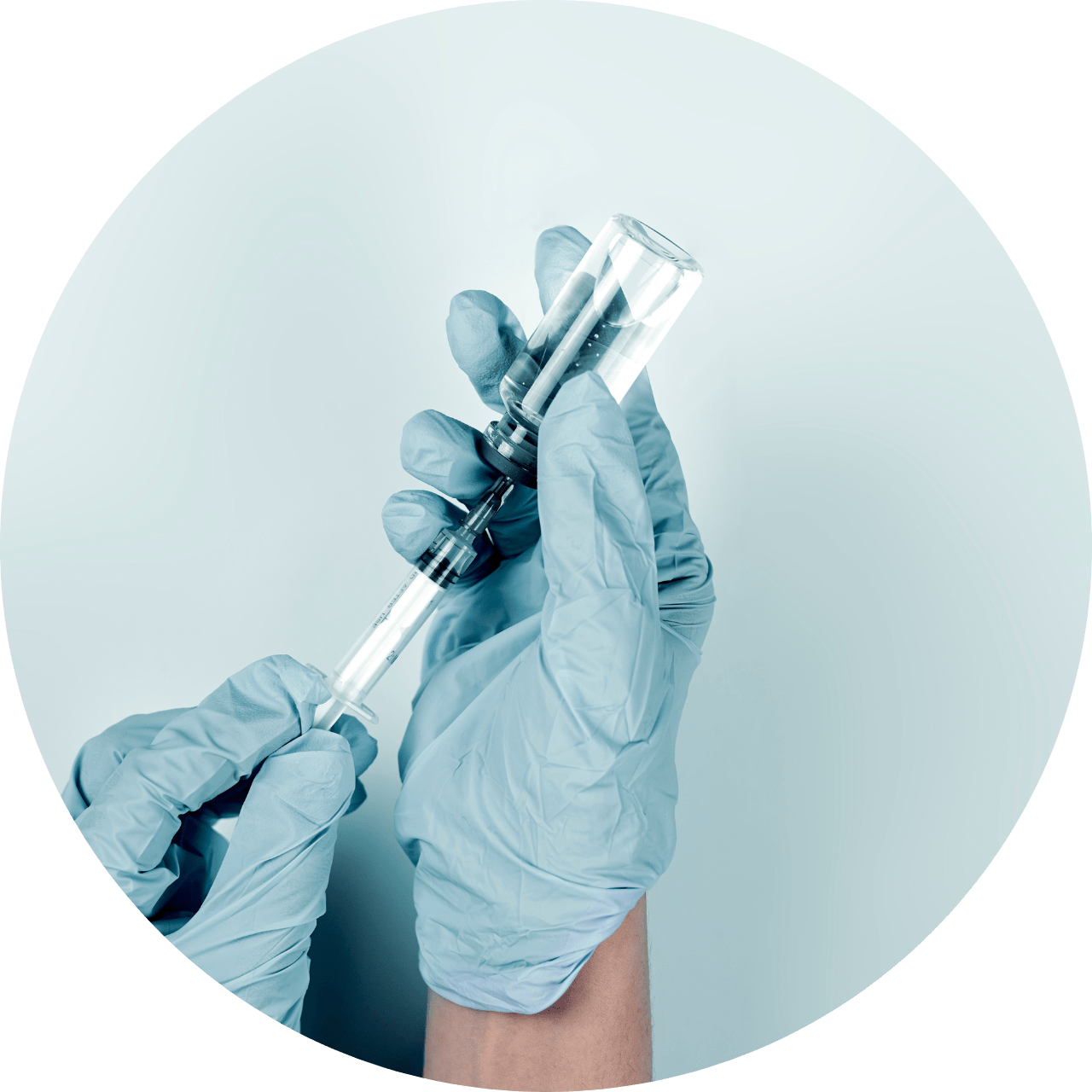
The MMR vaccine
The MMR vaccine protects against three contagious illnesses: measles, mumps and rubella (also known as German measles). Your child gets the first dose between 12 and 15 months and the second between 4 and 6 years old.

The hepatitis A vaccine
Starting at 12 to 23 months, babies should get their first dose of the hepatitis A vaccine, which protects against a contagious liver infection that, over time, can lead to liver failure. The second dose should be given at least 6 months later.

The varicella vaccine
Before the varicella vaccine became available, chickenpox (which is caused by the varicella virus) used to be one of the most common diseases in childhood. Now, babies get their first of two doses of the vaccine starting at 12 to 15 months and a second dose between 4 and 6 years of age.
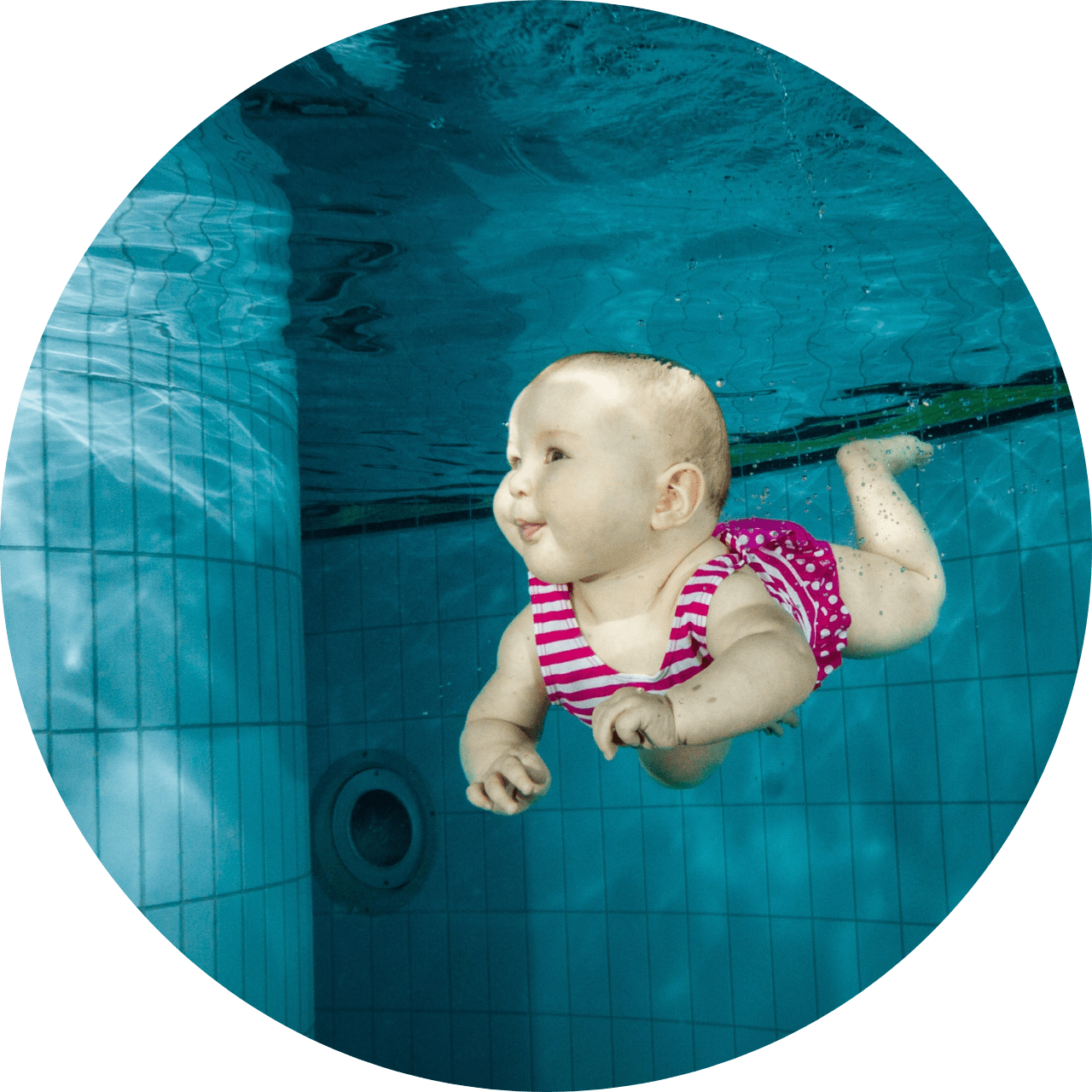
Swimming pool safety
Pools can be a lot of fun, but because they can also be dangerous for little ones, it’s a good idea to set up some safety rules. Number one on the list: Never leave your child alone near a pool. Other smart strategies include enrolling your baby in swimming lessons as early as age 1 and making sure the pool is surrounded by an appropriately high fence
Postpartum & new baby tips
Arms hurt from picking up baby? Many new parents note pain in the inner part of their wrists (thumb side), which gets worse when picking up a baby under the arms.
It’s not carpal tunnel (which you may have experienced during pregnancy), but a condition called DeQuervain’s tenosynovitis — a fancy name for an inflamed thumb tendon.
It’s caused by the excessive use of the wrist, such as when picking up the baby, because the wrist and thumb are shouldering most of the weight. Fluid retention also contributes to the inflammation.
If you’re suffering, try resting your wrists as much as possible. If you must pick your baby up under the arms, keep your wrists perfectly straight without letting them dip down.
Your doctor might also fit you with a wrist splint, and if the condition persists, may recommend a cortisone injection (not to worry — it’s safe for breastfeeding) or, for last-ditch relief, surgery.
For everyday aches, tame the pain — or prevent it — with these strategies:
Work out with weights to strengthen your arms and shoulders, use arm rests or pillows when nursing, switch arms often when carrying the baby and the gear, use a baby carrier or sling to transfer your baby’s weight from your arms to your back, and soothe sore muscles with a heating pad.
To the high-chair set, mealtime is just as much about experiencing food as it is about eating it.
Squishing those sweet potatoes between his fingers is a fascinating science experiment, smearing them on the tray is an art project, swiping them onto the ground is a lesson in cause and effect, and eating them … well, that’s just gravy.
If you want less discovery and more eating during mealtime, try offering only a couple of finger foods at a time and keep the portions pint-size. Too many choices and too-big portions can overwhelm a little eater.
Don’t make a huge deal about it if he chooses to play with his food, but do set limits on the scope of the mealtime mayhem (squishing as he nibbles, fine — flinging instead of eating, not so fine).
Leave pressure off the menu — let him eat as much or as little as he wants — and avoid the kind of overreactions that are sure to inspire a second serving of antics.
If there is one thing that little ones love more than playing with their food, it’s getting your attention for playing with their food.
It can be stressful to bathe a squirmy baby in the tub. For someone who’s just discovering his mobility, it’s no fun taking life sitting down … even in the bath.
Luckily, older babies may be stubbornly squirmy but still easily distracted. So keep the distractions coming.
In the tub, sing a special, silly bathtime song, blow bubbles for him to pop, make a splash (if he’s game, of course), fill and empty cups, float and sink ships or dunk the dolly.
And try to work fast — unless your little one’s really grimy, a few quick swipes with a washcloth should get the job done with a minimum of wriggling.
The less attention paid to the wriggling, by the way, the better — smiles or scolding will both reinforce the behavior you’re trying to discourage.
Create a diaper-changing station on each level of your home so you don’t have to traipse up and down steps for every change, and keep a few changes of clothes handy in each spot as well.
In your little one’s closet, install a low-hanging rod and presto: You’ll have double the amount of hanging space. If there’s room for shelves, even better — use them for extra diapers, out-of-season clothes (stored in clear plastic bins) and the like.
As your baby grows and becomes more interested in toys and books, keep a bin or basket with a few cool choices in all the rooms you spend lots of time in together.
But consider making one room (maybe the living room, master bedroom or your office) a baby-free zone — the one place you can go to escape primary colors!
Give him every opportunity to stand (and move) on his own two legs.
Push-toys are terrific for fine-tuning locomotion, but find other opportunities to help him master mobility.
For example, let him push a pint-sized stroller, or entice your soon-to-be toddler to toddle over by sitting a few steps away and holding a favorite toy.
Does your tot love pulling your hair? Keep those tiny fingers busy with finger games and songs, with rounds of patty-cake and by giving him a pulling option … one without nerve endings (e.g. a long-haired stuffed animal — which you can let him rub without the ouch).
Also tickle his sense of touch with a variety of fabrics — soft, silky, furry, fuzzy — and when he goes for your hair, pull out that faux-fur pillow for him to stroke instead.
Trying to buy some stuffed animals for your little softy? Take note of these guidelines when shopping for your older baby:
1. Steer clear of features made of buttons, beads or other small objects that could fall (or be chewed) off. The same goes for clothing, accessories and any other decorations. The bottom line: Any items that are glued or sewn on have a good chance of ending up in a baby’s mouth.
2. Check ears, paws, tails (and everywhere else) to ensure the toy is wire-free. Even if the wire is covered with “fur,” there’s a chance it could poke through and injure your little one.
3. Anything that’s stringy (for example, hair, ribbons or leashes longer than 6 inches) should be avoided or removed if at all possible.
Items Recommendation
-
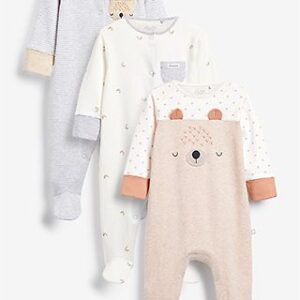
Onesies
Br50.00Add to WishlistAdd to cartAdd to Wishlist -
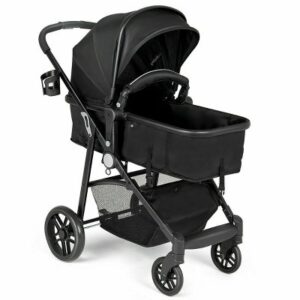
Stroller
Br32.00Add to WishlistAdd to cartAdd to Wishlist -
Sale!

Baby bottle
Br25.00 – Br30.00Add to WishlistSelect options This product has multiple variants. The options may be chosen on the product pageAdd to Wishlist



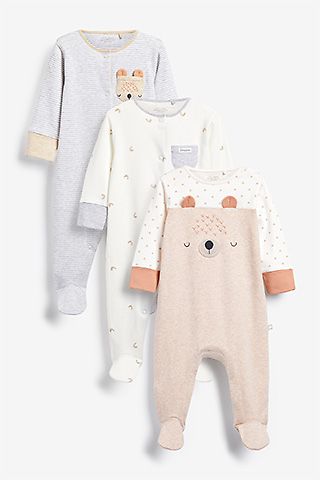
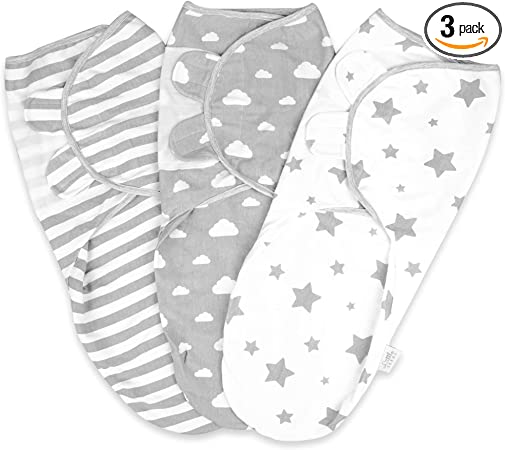
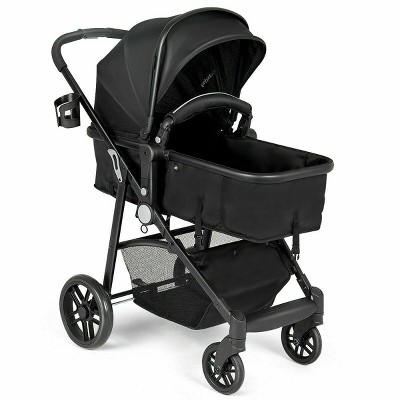


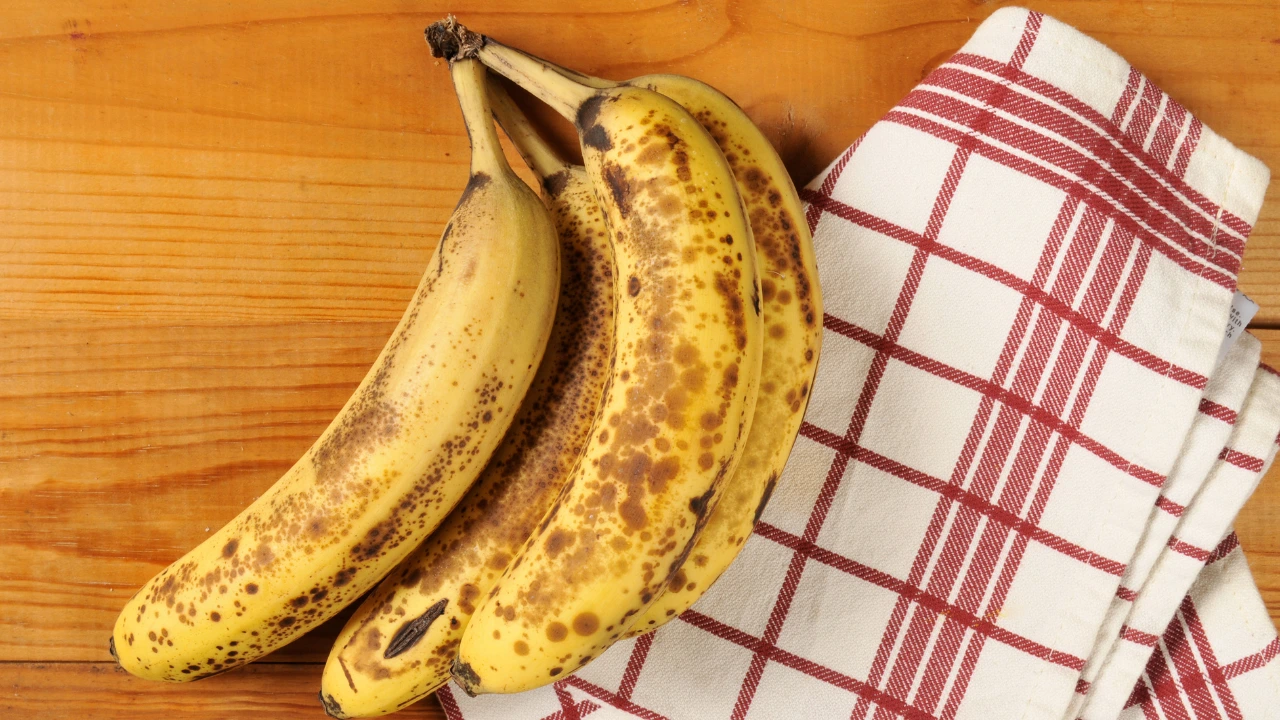
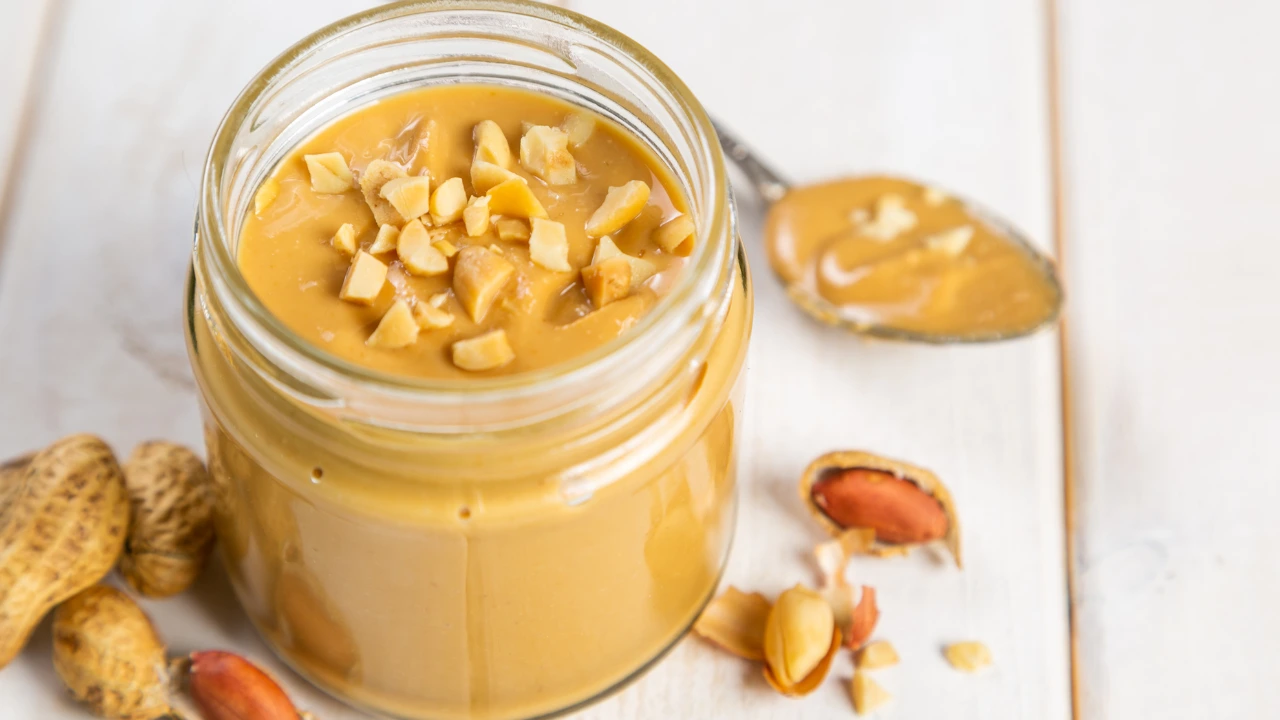
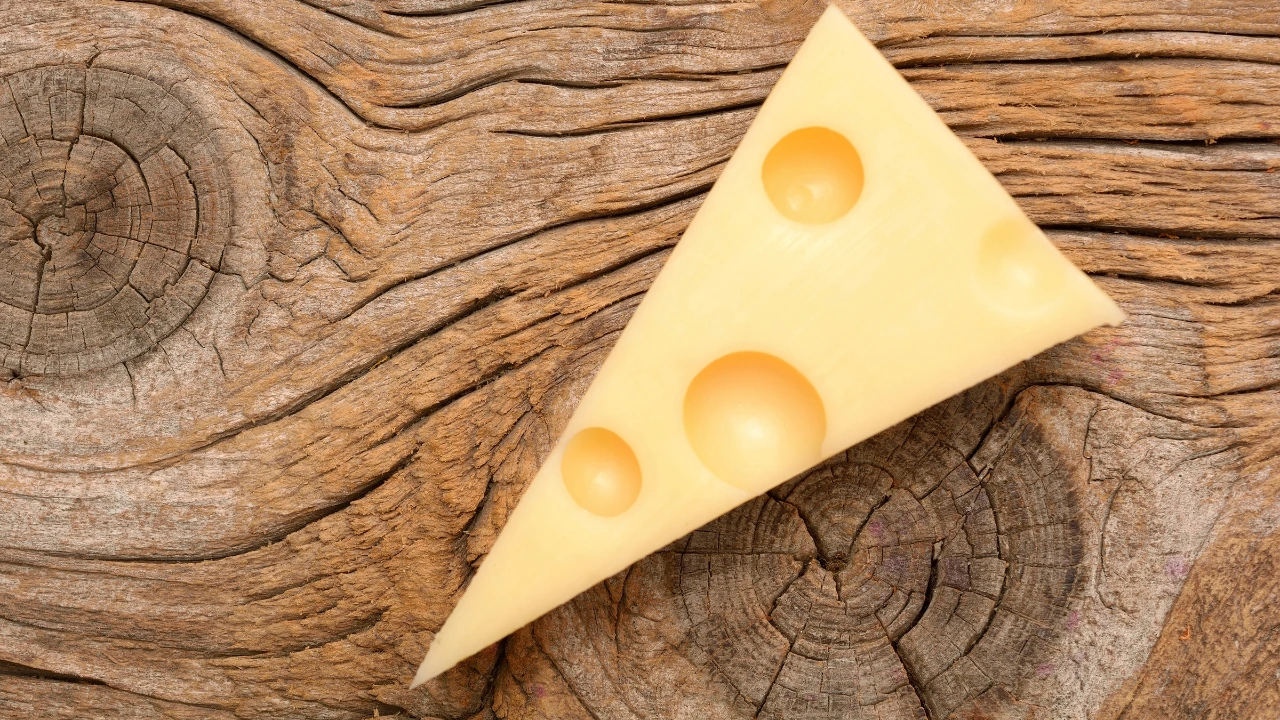
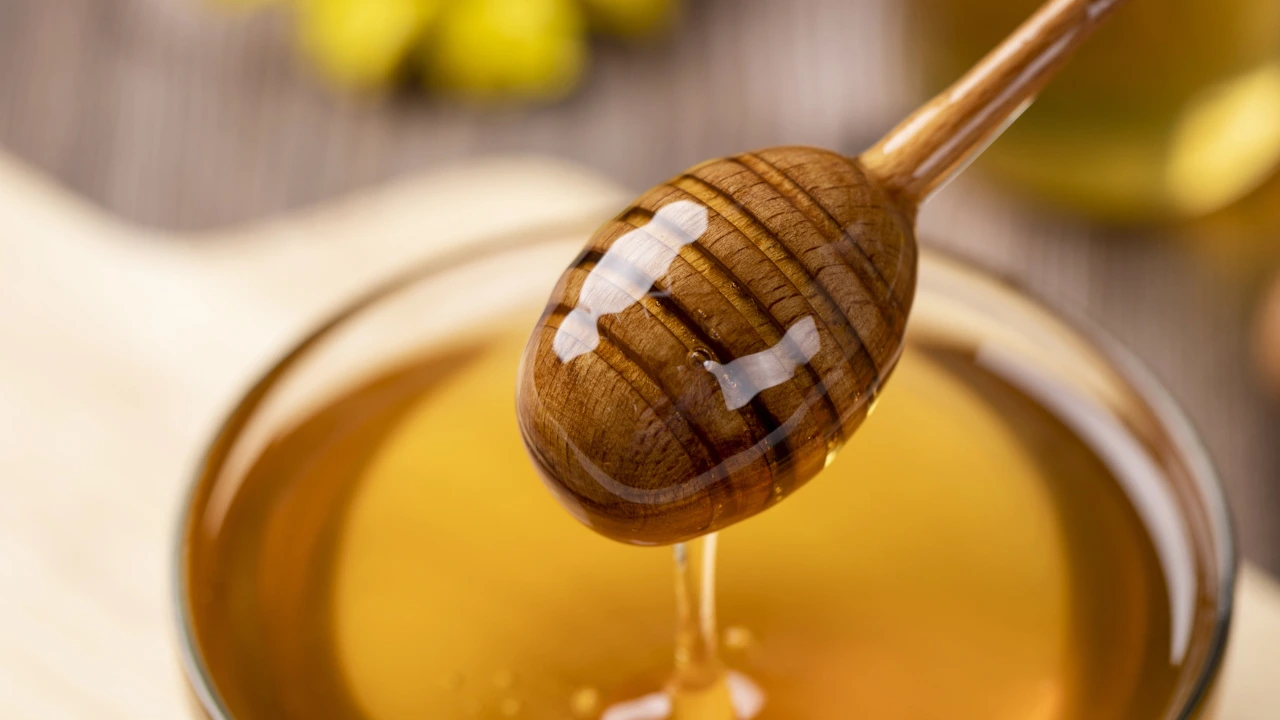
Add a Comment